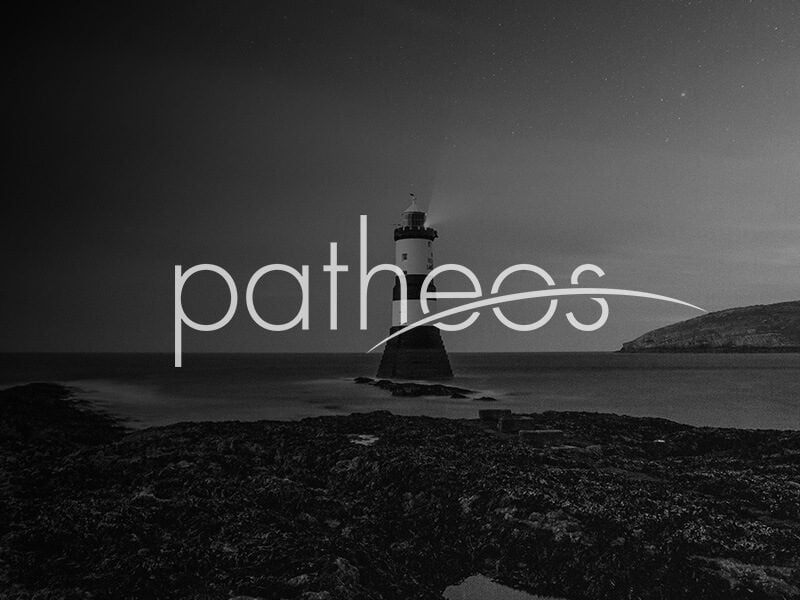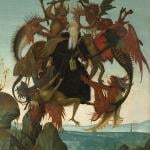In which brave and courageous, godlike heroes clash with savage, murderous barbarians. Of course Salon, being slightly to the Left of center, simply takes the old stereotypes and flips the nameplates around.
First, note the Myth of myths in the article: The idea that kids in America today would not be aware of the hardships and atrocities visited upon the Native American population when it is overwhelmingly focused on in our schools, on the news, on PBS, on educational TV, in popular culture and in almost every publication out there. That is like imagining a kid growing up in the 1950s who never heard of Communism. But again, the Myth of Myths – fear it. It’s always a sign of movements with ulterior motives.
As I’ve said before, my appreciation and celebration of American heritage along with American Indian heritage is courtesy of my wife. She is proudly part Indian, and part descended from Jenny Wiley, a woman whose family was slaughtered by Indians before she herself was enslaved. Eventually Jenny escaped and was able to convey her tale, which was later corroborated. Thus my wife is dutifully proud of her American Indian heritage, but also her European American heritage. And likewise, she tends not to idolize either tradition or ancestry. Which is a good thing, and would be nice if we could get back to a time when we actually understood the history better than today. Something that, apparently, outlets like Salon would rather lose an arm than see happen.
The fact is, there were no Native Americans when the first Europeans arrived in the New World. They weren’t even there when the Vikings came. There existed a vaguely similar culture across the lands in a way similar to Europe, with radically different people with different customs and cultures joined together only by a few common traits. Most who lived along the East coast by the 15th Century were themselves immigrants or invaders. It’s not as if the first migrants crossed the Bering Straight and shot straight for the East Coast, set up shop, and remained in place for the next 10,000 years. Those who were there as Columbus, and later other European explorers and settlers, came to the shores either had conquered or displaced others, or were descended from their ancestors who did the same.
And as those strange looking explorers from an unknown land came to settle in this new world, the local inhabitants reacted in a variety of ways. Some lashed out with immediate violence, others sought friendship. More common was the tendency for the inhabitants to seek some form of truce with these new immigrants in the hopes of solidifying help against other, hostile Indian tribes.
Though the disease that cost most of the Indian lives is pretty much settled history, the exact extent and cause is still open for debate. Particularity tricky is the possibility that explorers from Asia, specifically China, may have come to the New World via the Pacific Ocean. Knowing that a great many diseases common in Europe were also known in Asia, the question then remains if we will see such a devastation of native populations in the West, and if not, why weren’t those native populations in the West devastated the way they were in the East? So while much is known, more is assumed, and there is also much that we don’t know yet – if we’ll ever know.
Of course while all of this was happening in the good old soon-to-be-American lands, in Europe, Ottoman forces were preparing to make their second big attempt to conquer Europe by way of Vienna and subsequently smash into that coveted European continent. It had already tried once, only to be stopped at the Battle of Lepanto. It would be stopped again outside the gates of Vienna. But while those immigrants were traveling to the new world for divers reasons, most in Europe had no way of knowing how long Europe would last. It wasn’t the first time Europe faced invasion in its history. The Mongols, the Vikings, the Magyars, and by different ways and from different places, the Muslims. The Christian Visigothic kingdom of Spain had been conquered ages past, and only recently had been retaken. Sicily was a cosmopolitan mix of Christian and Islamic influences due to Muslim attempts to strike at Europe’s ‘soft underbelly’ mixing with Normans from the north. And while invaders had been stopped in most cases, or assimilated in a few others, most Europeans had no way of knowing how the Ottoman menace would eventually turn out. The Islamic world had, after all, successfully conquered Byzantium, signalling the death knell of Christendom and subjecting much of southeastern Europe to centuries of second class citizenship at best.
This isn’t anything new of course. Though I’m shocked at how few Americans know this part of history (being far more versed in America’s subsequent treatment of American Indians and slave trade). I’m stunned at how few Americans know of the Islamic world’s vibrant and extensive African slave trade. And of course, if we want to be snarky and say Thanksgiving is all about Europeans conquering the Native Americans, perhaps we should remember the reason the age of exploration happened in the first place was because the Islamic world had destroyed the Byzantine world, sacked and conquered Constantinople (modern Istanbul), and threatened Europe’s trade links to Asia. Perhaps we should emphasize 1453 as the beginning of the American Indian’s woes.
And it wasn’t just Europe and the Islamic world and the various wars over land and territory going on in the pre-Columbian Americas. In India, one of many invading forces, in this case the Mughal Empire, was brutally subjecting the Indian subcontinent to its will. Other kingdoms would rise and conquer that region, often using similar brutal tactics, until eventually the British would come in and set India under its domination. While Spain and Portugal were busy in South America, the First Burmese Wars had happened, as the Qing Dynasty was preparing to topple the Ming and use whatever tactics to solidify control in China. In Africa, various empires continue to vie for control, attacking neighbors and enslaving losers. By Plymouth colony’s founding, the Songhai Kingdom, one of Africa’s greatest and most aggressively expansive empires, had crumbled after a brief, but meteoric, rise to power.
The point being that progressives, through Multi-Cultural education with a sprinkling of Political Correctness, have established a historical narrative where the world is casually seen as a pretty happy place with awesome cultures and wonderful people in beautiful civilizations pretty much making love, having occasional squabbles, and singing John Lennon songs. Suddenly BAM! In come those brutal, murderous, racist, imperialist European Christians, butchering and slaughtering their way through the hapless hordes of peace loving flower children throughout the world. All was happy and peace and equality and LGBT rights and equality for women, until the dark ages of the Christian West from which modern liberalism is hellbent on delivering the world.
The fact is, the Europeans of that age were aggressive and violent, using the ideals and technological breakthroughs that began apace during the Reconnaissance in order to finally break away from a defensive posture and take their colonial designs into other parts of the world. The main goal was to gain a foothold against other European powers, using lands gained as economic and political leverage. The world they invaded and conquered was every bit as violent and aggressive as they were, the Europeans merely had bigger guns. In some cases, centuries of plague and sickness had rendered Europeans immune to illnesses that other people had never encountered, but suddenly were forced to encounter all at once. But slavery, war, conquest? These were as common to the world of the pilgrims at Plymouth as dirt and sky. In fact, what is really shocking – and seldom at all focused on any more, though it was emphasized when I was a kiddo – was that in this world of violence, conquest, slavery and extermination, the Plymouth colony actually forged a peace treaty with the Wampanoag that lasted almost 50 years. Not a bad record for those days. Or any days for that matter. Ah, what could have been. I wonder why that isn’t the focus of so many Native Americans and Progressives nowadays.
Nonetheless, this was, like all periods in history, a complex and vast story with many elements worth studying. A team of experts dedicated to only studying the 1620s could spend a hundred years and still come away with questions unanswered. That’s the way history is. Usually we have a dozen or so pieces of a thousand piece puzzle and we do our best to figure out the picture. Which is why history is more of an art than a science, no matter what Marx believed. And it’s that artistic side that allows so much room for agendas, biases, prejudices, politics, ideologies, axes to grind, and any one of a thousand other factors to influence how we read that handful of puzzle pieces.
So hopefully we had a happy Thanksgiving, celebrated a rare occasion in history where two radically different people came together, and actually formed a temporary bond. Sure, we can invoke collective guilt and blame the Pilgrims for what later people with the same skin color and religion did, but I thought the idea of collective guilt went out in the mid-20th century. Because collective guilt is no longer vogue, I’ll go with focusing on what could have been, celebrating that moment of friendship and alliance, and remembering the courage and kindness that this holiday should inspire – if we are as smart as we love to imagine. Assuming, of course, that courage and kindness are the traits we’re hoping to inspire in a new generation in the first place.











